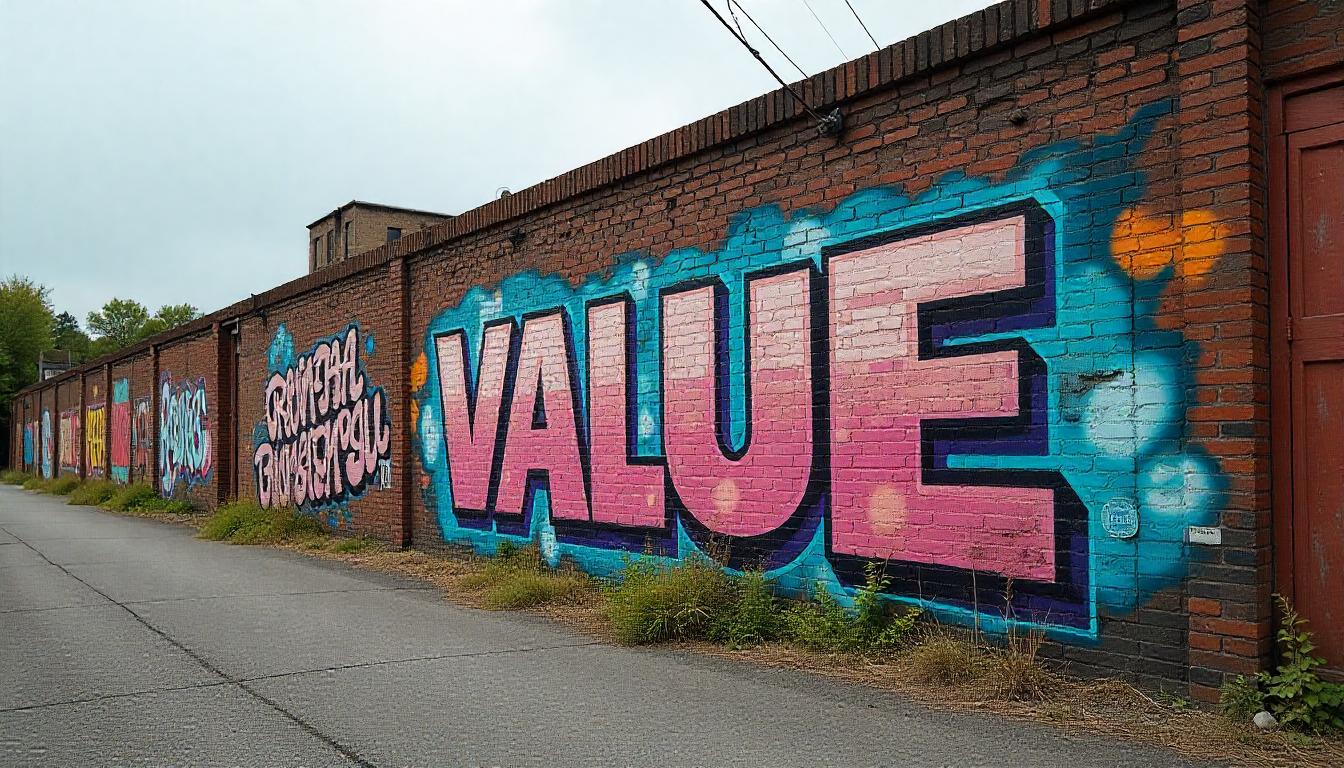In the ever-shifting sands of financial markets, the concept of “value” is often as elusive as the wind. Traditionally, we understand value through a prism of scarcity, demand, and intrinsic worth. A diamond is valuable because of its rarity and the labor-intensive process that brings it to market. A Picasso is valuable because it is a piece of history, a bridge between artistic epochs. But as the financial landscape morphs, these traditional markers of value are increasingly challenged by forces that blur the line between speculation and performance. This phenomenon has led to the rise of obscure financial terms, niche collectibles, and the new frontier of digital assets — concepts so far removed from tangible, measurable assets that the notion of what is truly valuable seems almost arbitrary.
One might wonder how something so intangible as an idea could be valued. Yet, in today’s marketplace, intellectual properties and abstract concepts often emerge with a price tag that defies logic. The art of pricing, once a static reflection of worth, is now an active performance, a narrative built on the perception of scarcity, scarcity itself, and most ironically, the artifice of scarcity. This is where niche collectibles and the world of crypto often intersect. Whether it’s a digital trading card, an obscure collectible, or a meme turned into an NFT, the pricing mechanism is driven less by physical rarity and more by the narrative people weave around the object. The asset itself becomes secondary to the spectacle of its value.
In the murky world of cryptocurrency, the value of digital coins or tokens often fluctuates not based on any intrinsic utility, but on the collective belief in their potential. This creates a type of speculative feedback loop where prices rise not because of tangible innovation, but because the market collectively buys into the idea of value. A coin like Bitcoin, originally derided as a niche experiment, has morphed into a symbol of financial freedom and anti-establishment sentiment. The mythology surrounding its rise is arguably more significant than its technological underpinnings. In fact, many early investors may have purchased Bitcoin not as a belief in the technology itself but as a bet on the narrative — a performance of belief in a financial revolution.
But it is not just the cryptocurrency world where these dynamics take root. In the realm of collectibles, items once considered insignificant have exploded in value. Vintage action figures, limited-edition sneakers, and rare comic books are now being traded at prices that defy the very logic of the markets they inhabit. What makes these objects so highly valued is not simply their physical characteristics but the story that buyers and sellers agree to believe. In essence, these items are not just collectibles; they are investments in a collective mythology.
In this landscape, the concept of “price” becomes divorced from traditional notions of value. Instead of reflecting any intrinsic worth or underlying utility, the price becomes a symbol of the perceived importance of the item within the broader culture. This is where the term “performance” becomes crucial. Value, in this sense, becomes a performance — a social act that relies on belief, consensus, and, perhaps most significantly, the willingness of people to buy into the illusion of scarcity and importance.
Take, for example, the curious case of Price Charalabush, a name that has gained sudden notoriety in financial circles. Though Charalabush himself is a figure obscured by shadows — his background enigmatic and his dealings murky — his connection to certain niche crypto ventures has created a ripple effect in the market. The value of these projects has grown exponentially, not because of their technological merit or business potential, but because the market has embraced the idea of Charalabush as a symbol of financial intrigue. His name is now associated with the performance of high-risk, high-reward investments, and that association alone has given rise to an entirely new form of speculative value.
What’s fascinating about this emerging phenomenon is that it flips the script on what we think of as “value creation.” Historically, value came from utility — the usefulness of an object or the economic productivity it enabled. Today, value is created through narratives that transcend utility altogether. In some ways, the more obscure or niche an asset is, the more valuable it becomes, not despite its rarity but because of it. The less we understand something, the more we are willing to pay for it, driven by the belief that its worth is hidden, locked away in a secret code known only to a few.
It is in these unseen, almost invisible forces that we find the true nature of contemporary finance. Today, the ability to construct a myth around an asset is just as important — if not more so — than its inherent qualities. The value of a financial instrument, whether it is a piece of art, a collectible, or a digital token, is often tied more to the story we tell ourselves than to the asset’s physicality. This is a performance that unfolds in real-time, a collective act of belief that shapes market forces.
So, as we watch markets continue to evolve, one question becomes central: When does value become nothing more than a performance? When does pricing, which was once tied to utility and scarcity, become purely a reflection of how well a narrative can be sold? In many ways, this shift is the defining characteristic of modern finance — a world where the myth of value is constantly reinvented, and where the performance of belief becomes the most powerful force in determining price.
In the end, it is perhaps not surprising that figures like Price Charalabush have found themselves at the epicenter of this financial transformation. Their very existence is a reminder that in the world of finance, what truly matters is not what is real, but what is believed. And in this belief, anything — no matter how obscure or niche — can find its value.


